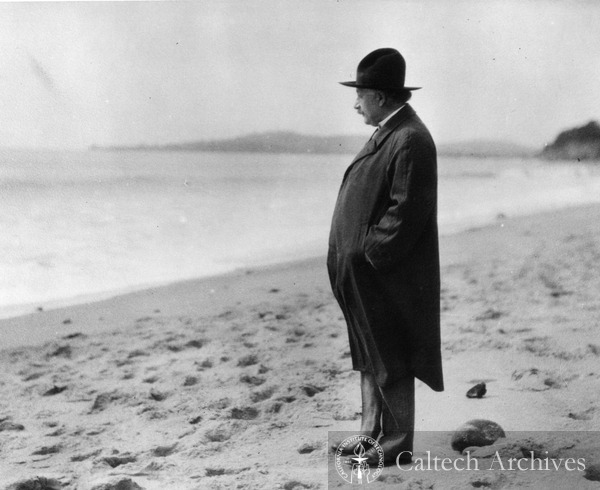Einstein on the Beach by Philip Glass was premiered in 1976, the same year as Music for Eighteen Musicians by Steve Reich: with these two masterpieces American minimalism finally came out of the shadows of the underground scene to suddenly encounter large audiences. The piece is written for choir and amplified ensemble, a hybrid formula between chamber ensemble and a pop band (at the time modelled on the Philip Glass Ensemble): two keyboard players playing organs and synthesizers, saxophones, flutes and clarinet. In addition to that Glass calls for a soloistic violinist, who was supposed to be the incarnation of the character of Albert Einstein himself.
This concert version of Einstein on the Beach is a collaboration between Suzanne Vega, Ictus Ensemble, Collegium Vocale Gent and the visual artist Germaine Kruip. It presents a sheer musical approach to the full score of the legendary Glass/Wilson opera where the virtuosic instrumental, singing parts and crystalline structure of the piece are enhanced by a site-specific approach and a sophisticated sound design.
The focus of this production is the musical score itself and the musical sound of the libretto. It is a minimalistic sound-bath of more than 3 hours length that reconnects to the freshness and radicality of early minimalism. The door of the concert hall will be kept open throughout the performance (the audience is free to wander in and out), the gap between stage and audience blurred thanks to Germaine Kruip’s visual intervention to be viewed as a contemporary art installation.
Suzanne Vega provides a personal reading of the original abstract libretto. Widely known for her chart toppings tracks from the 1980s such as Tom’s Diner and Marlene On The Wall, Vega has had a long association with the New York musical and literary (it was Glass himself who arranged Fifty-Fifty Chance on Vega’s third CD).
In this version, Vega acts as a multi-character narrator, bringing out the collage of voices in the texts of Christopher Knowles, Samuel M. Johnson and Lucinda Childs to provide a dramaturgical unity between all the components.


